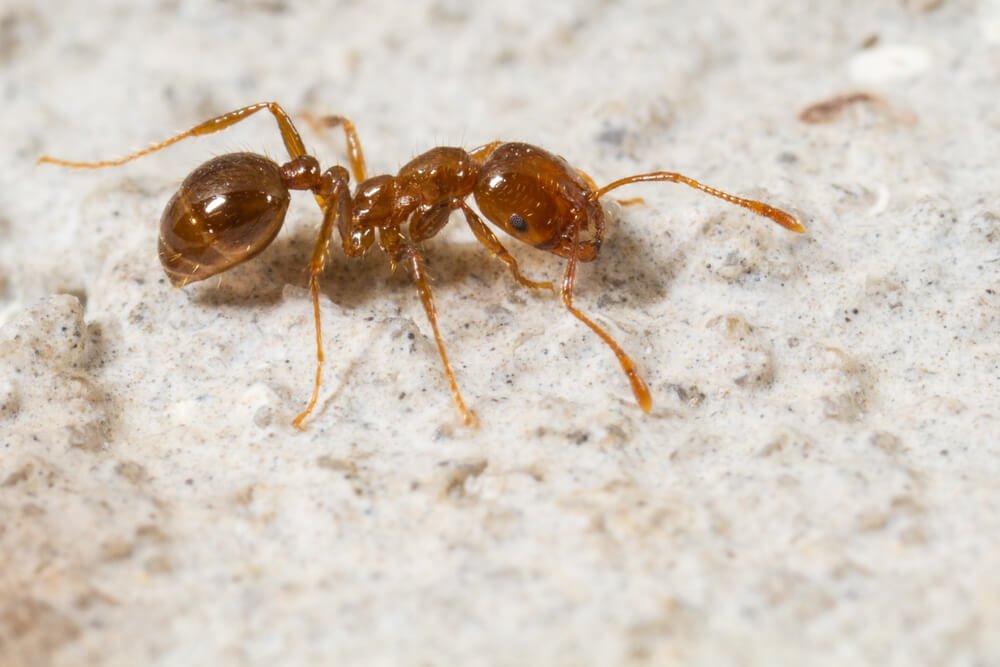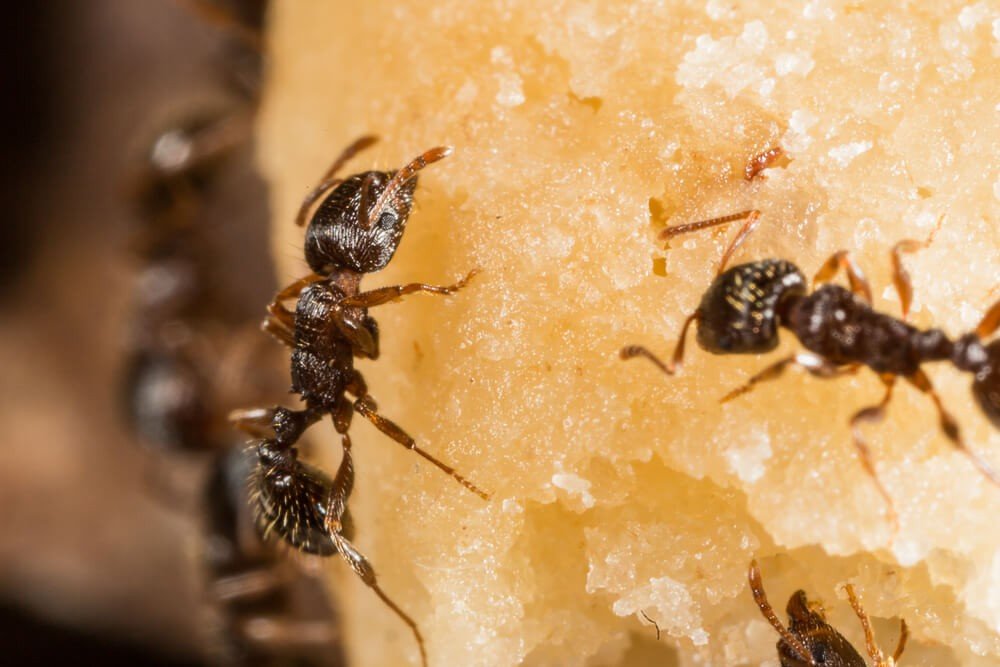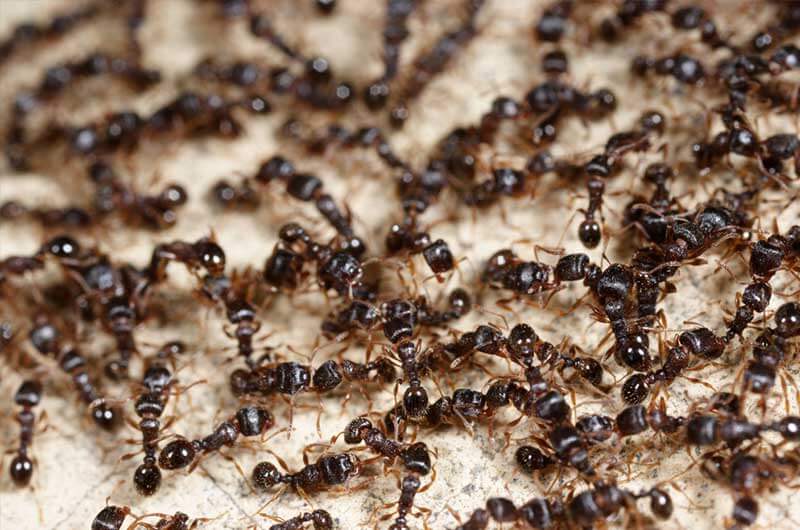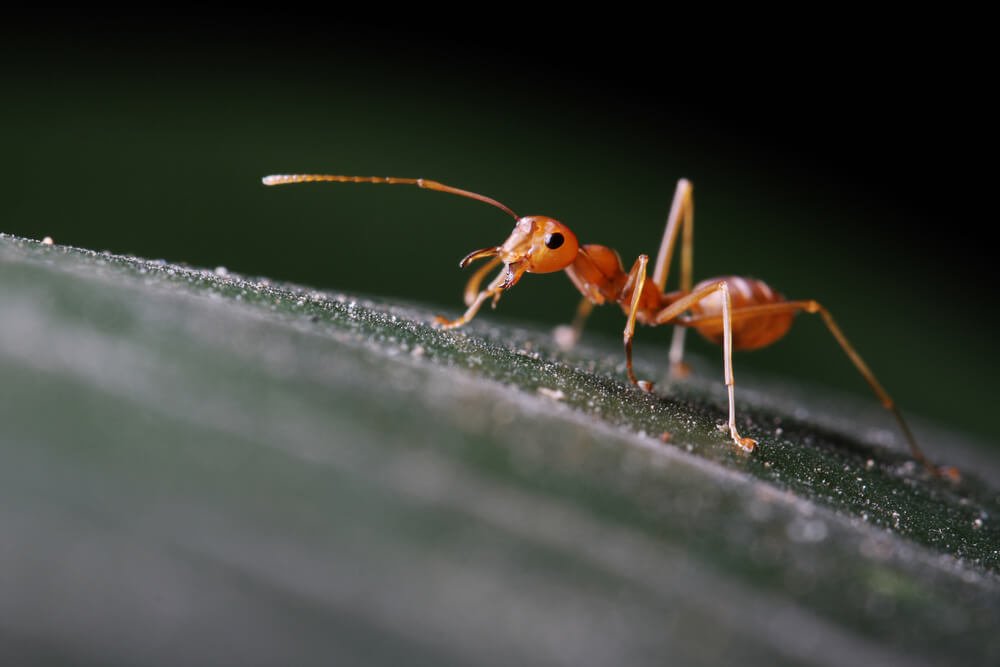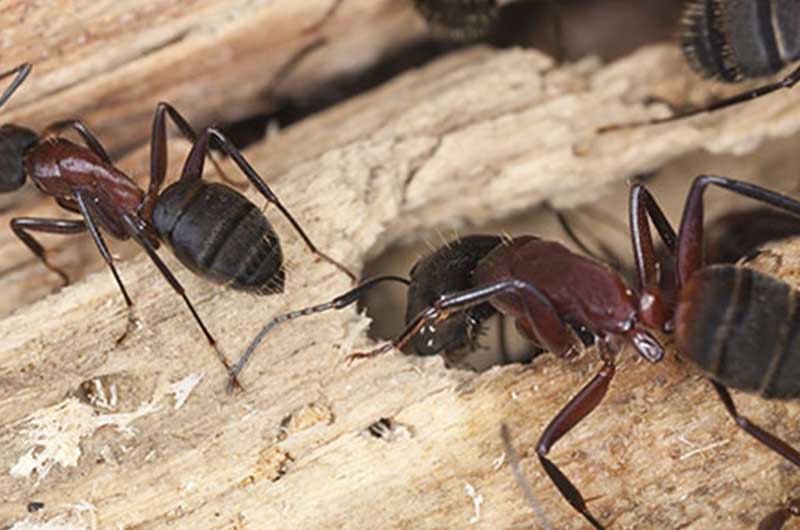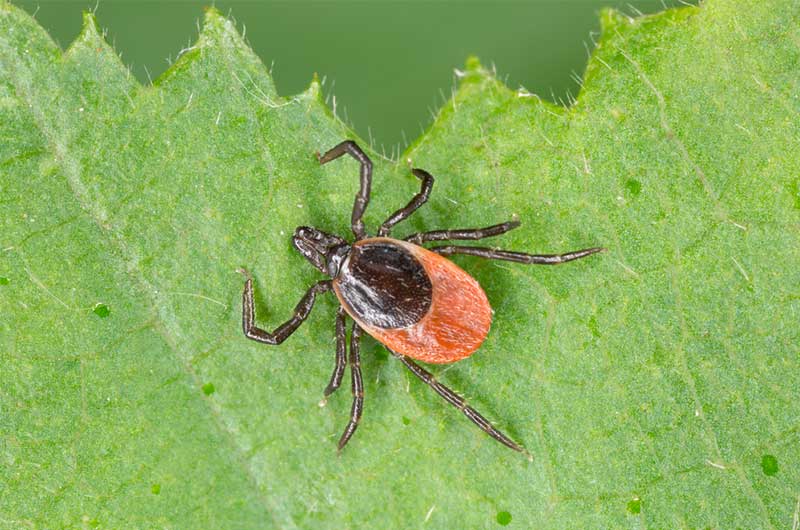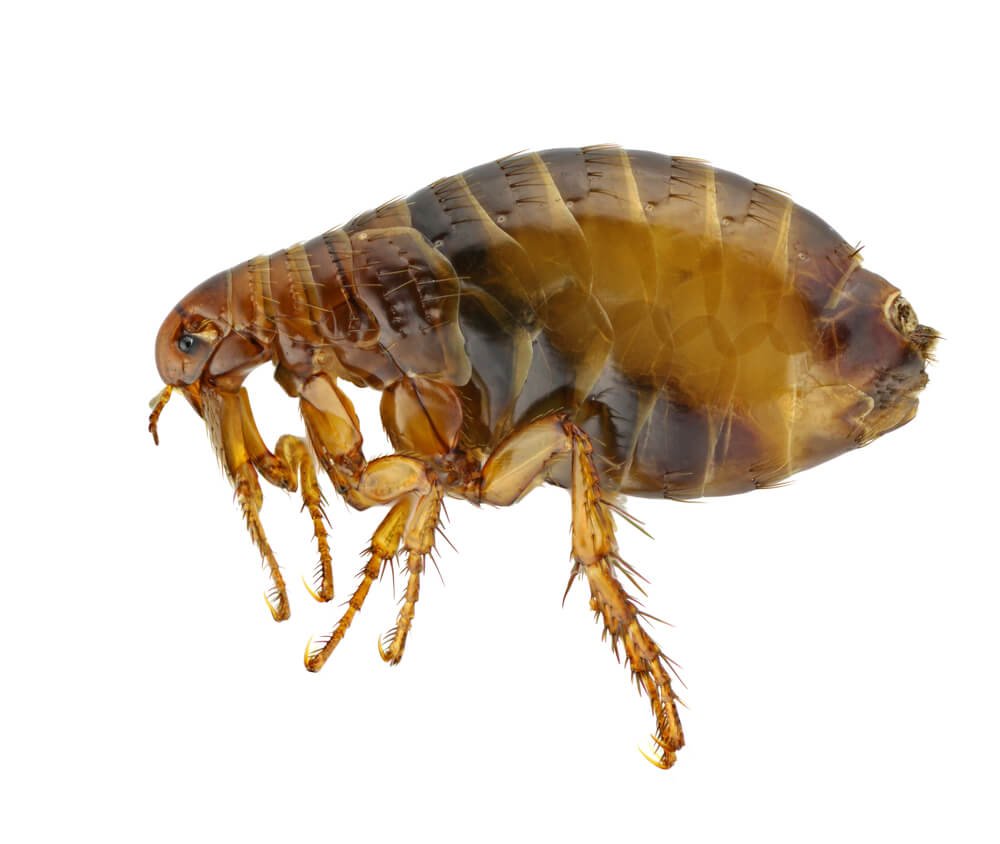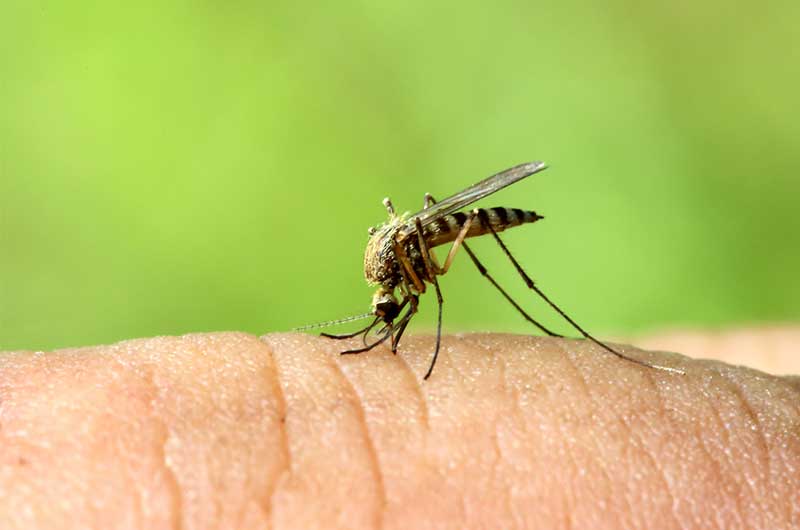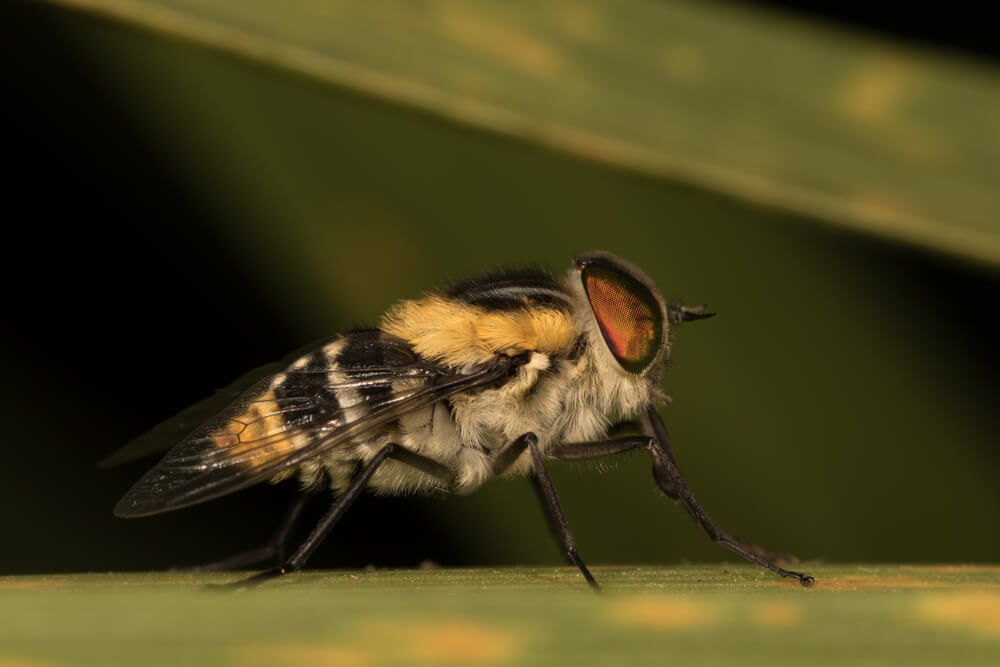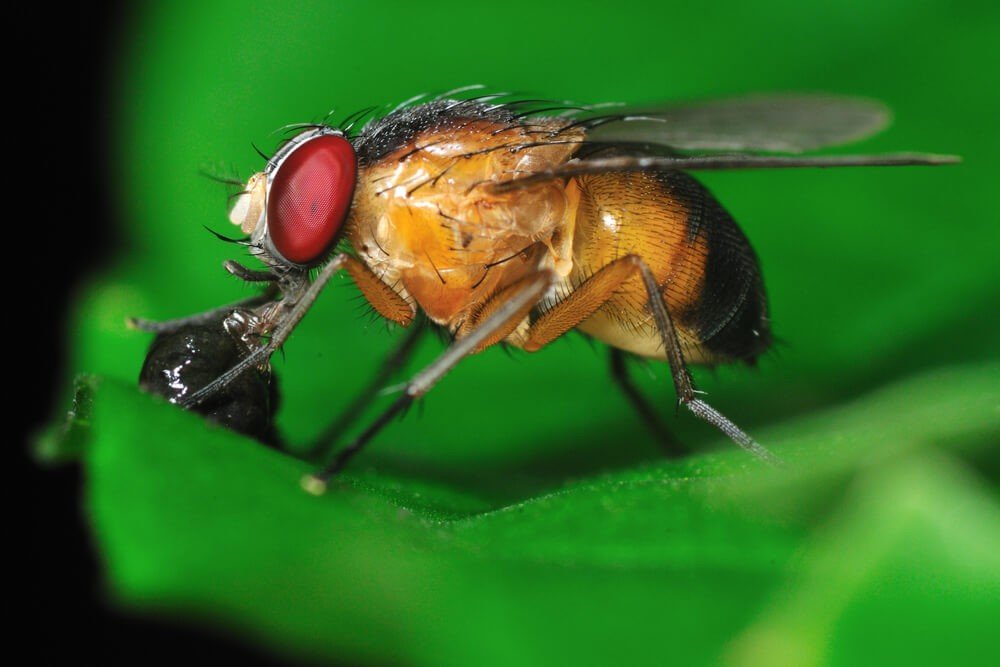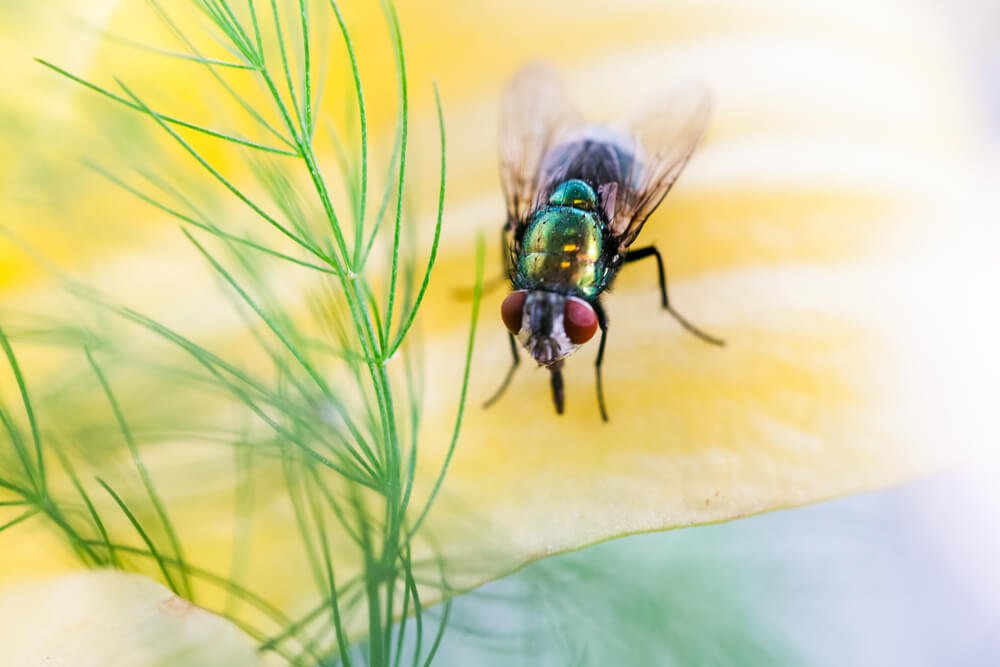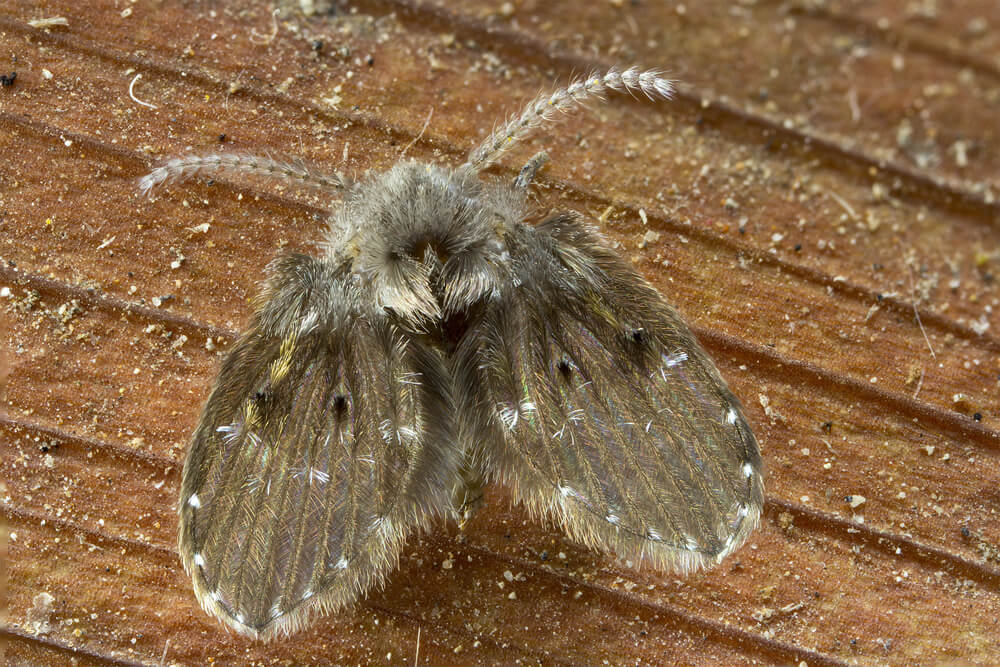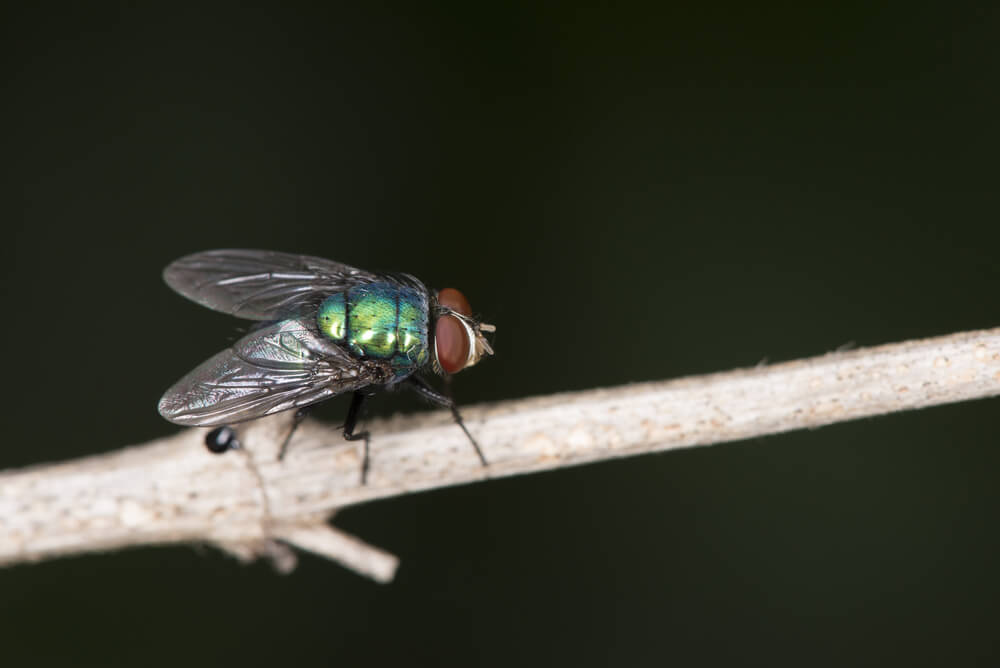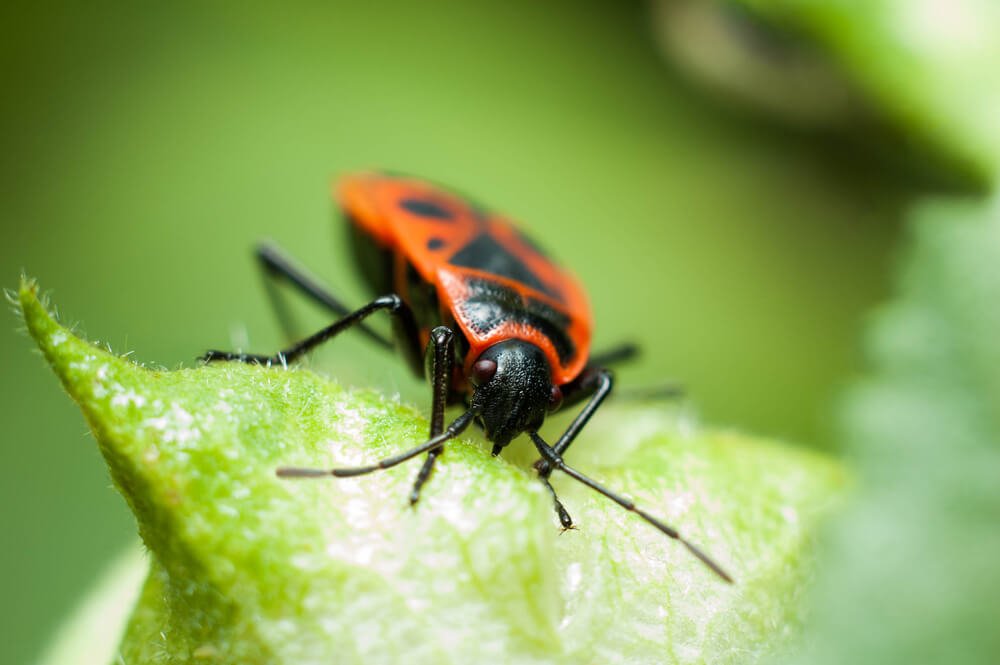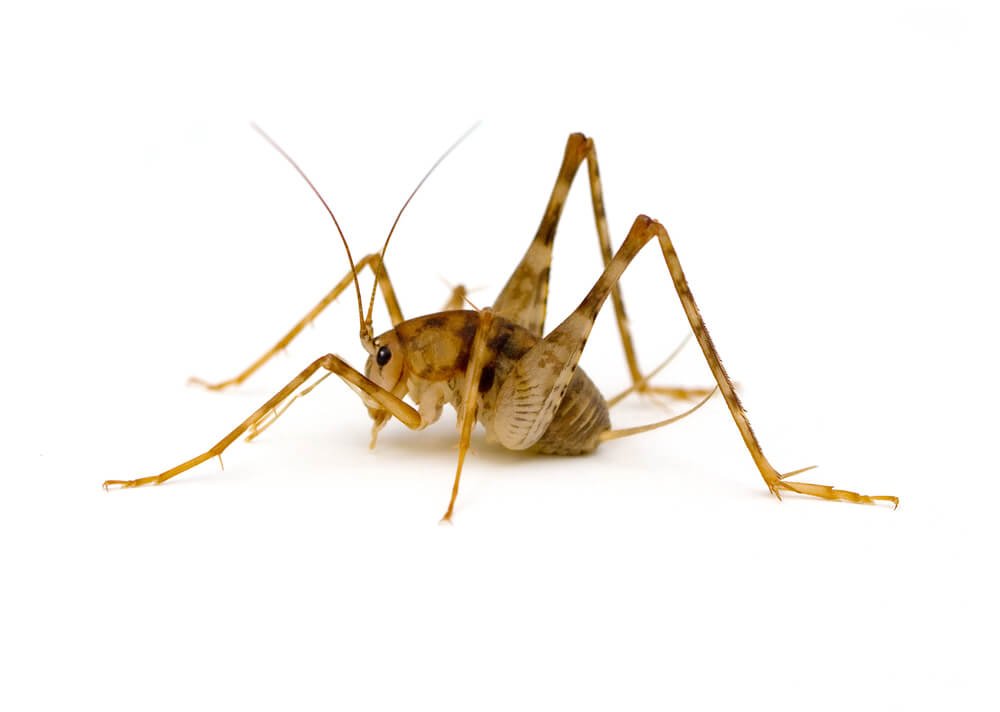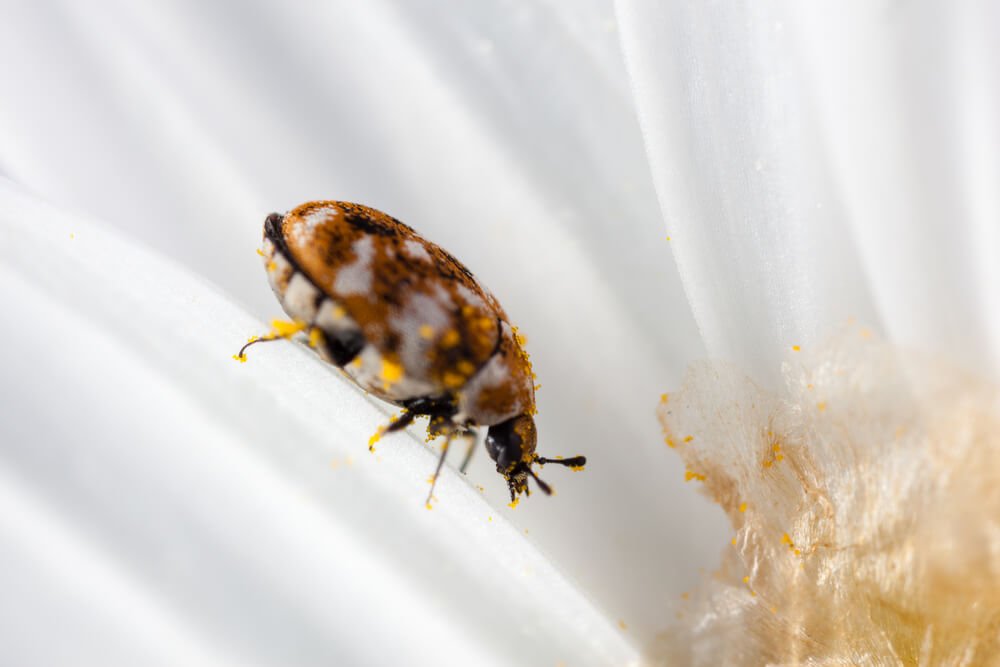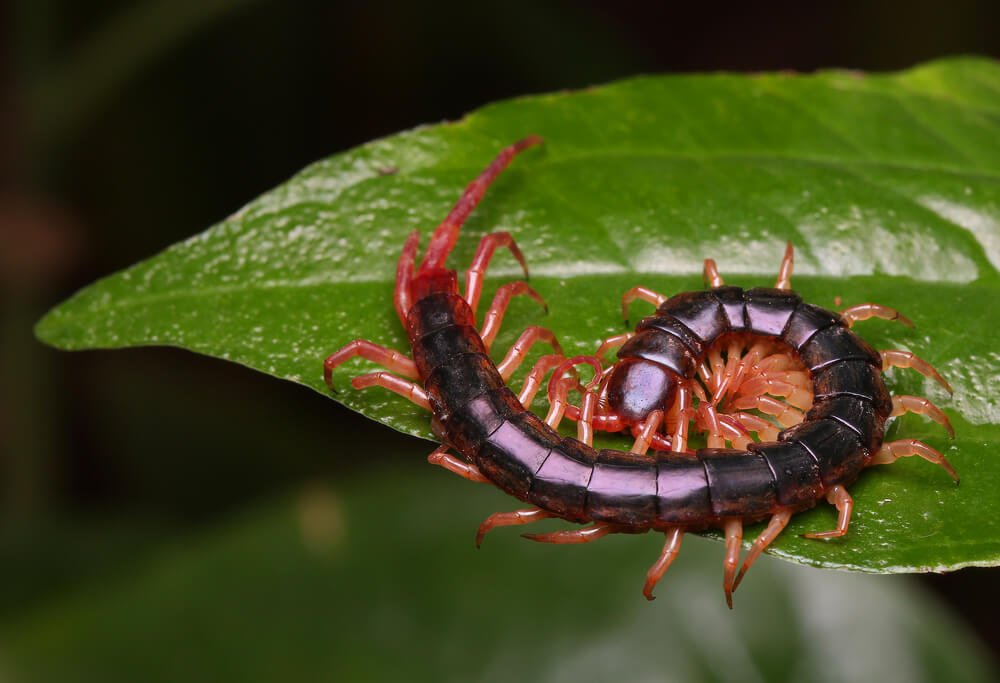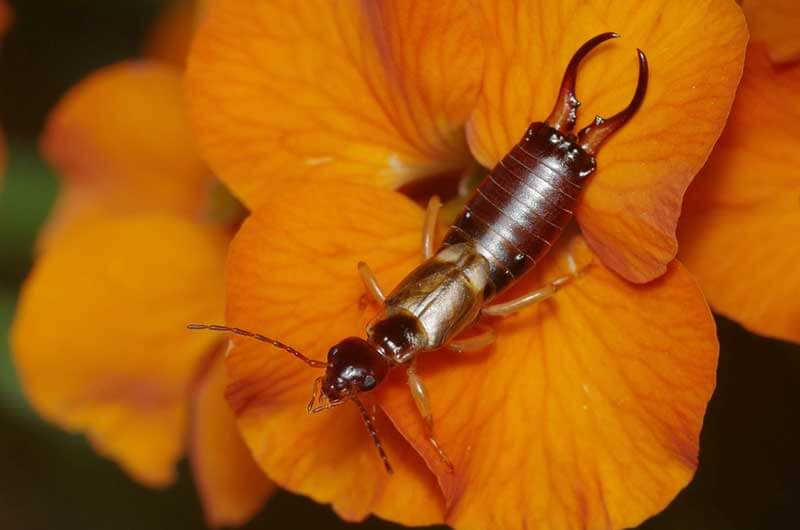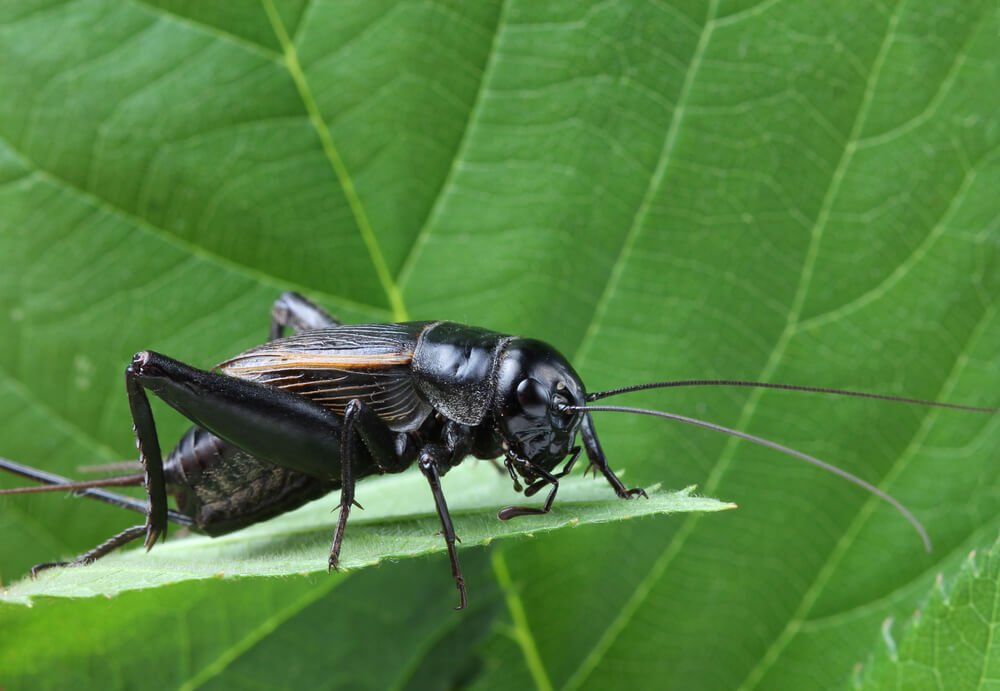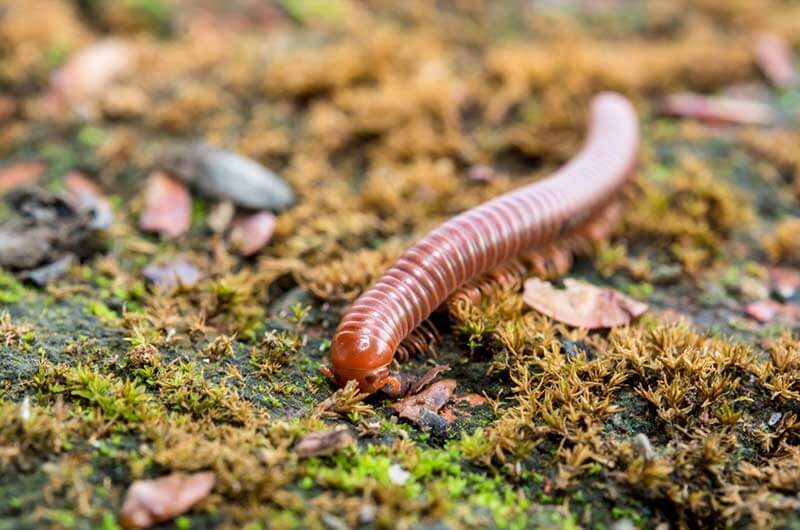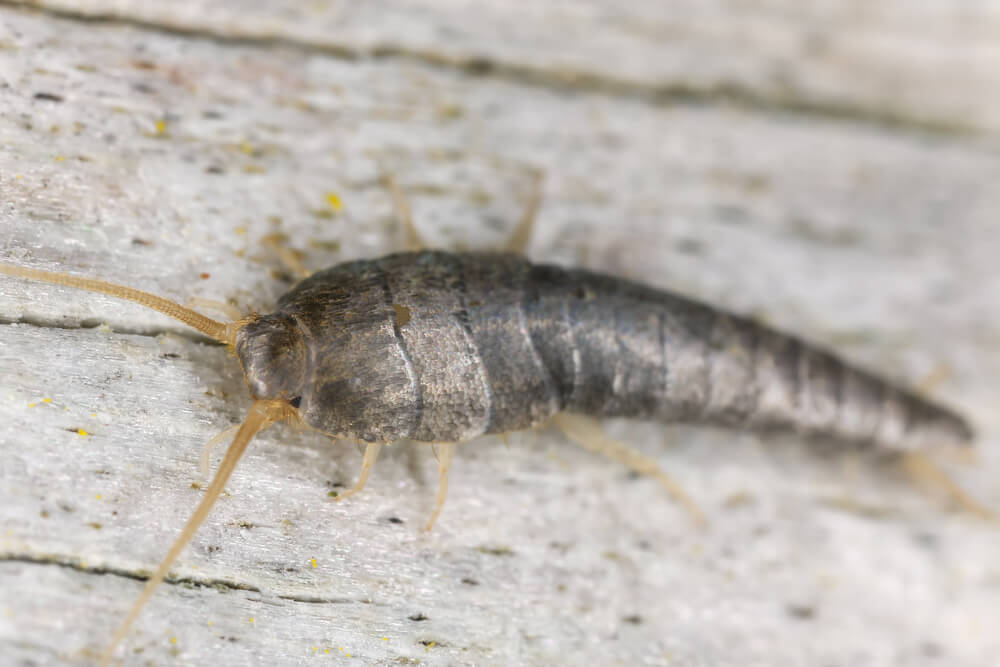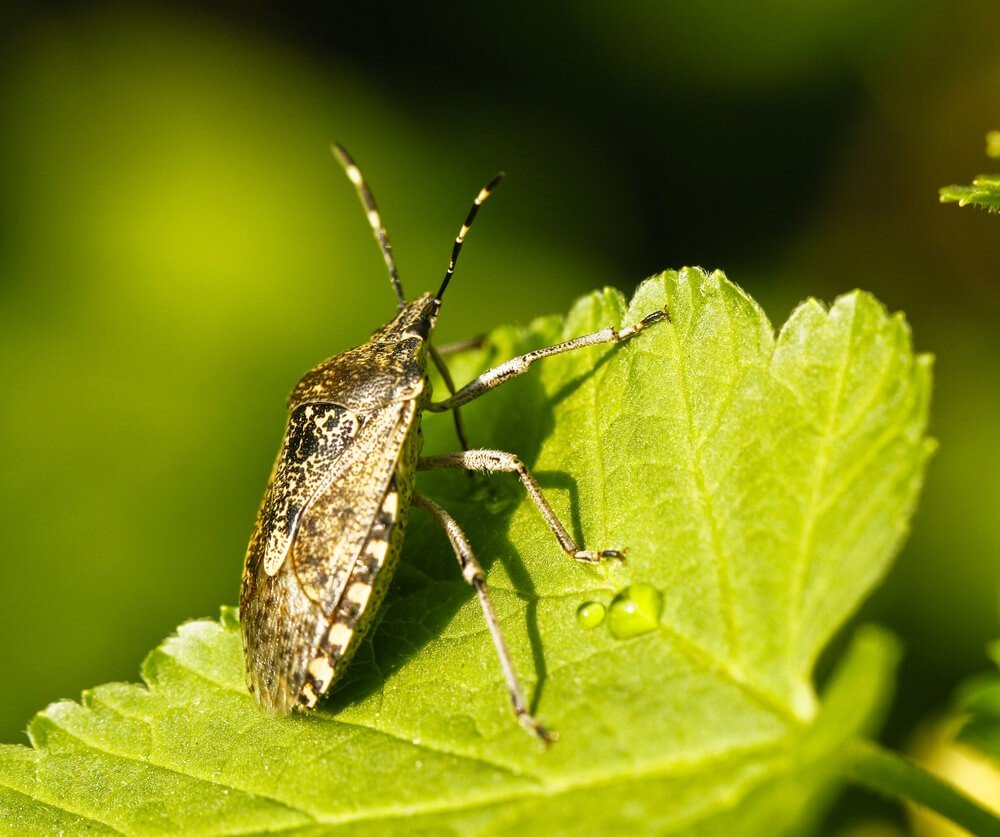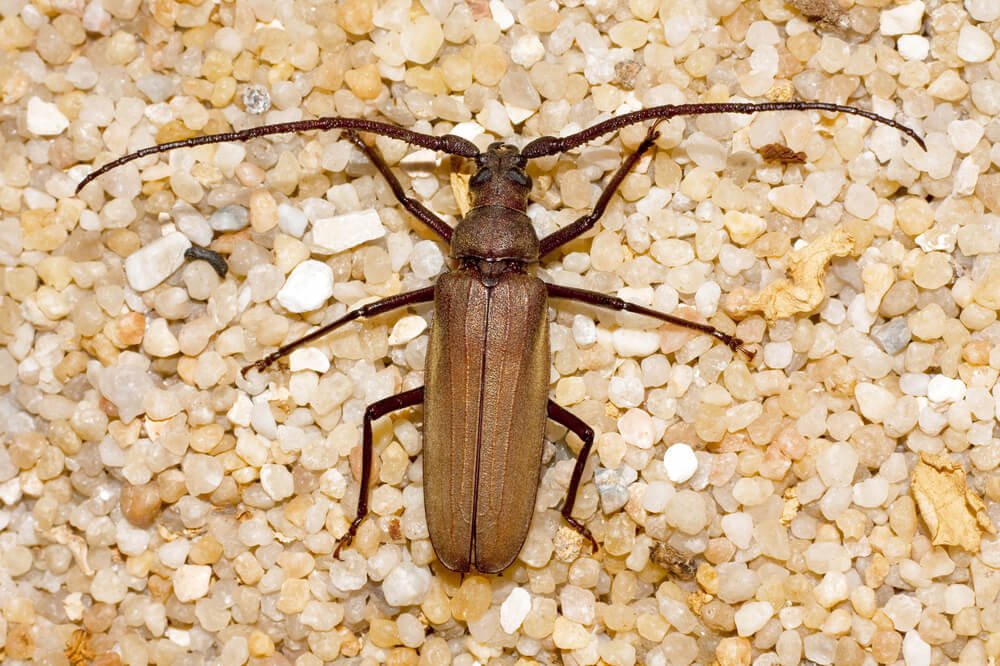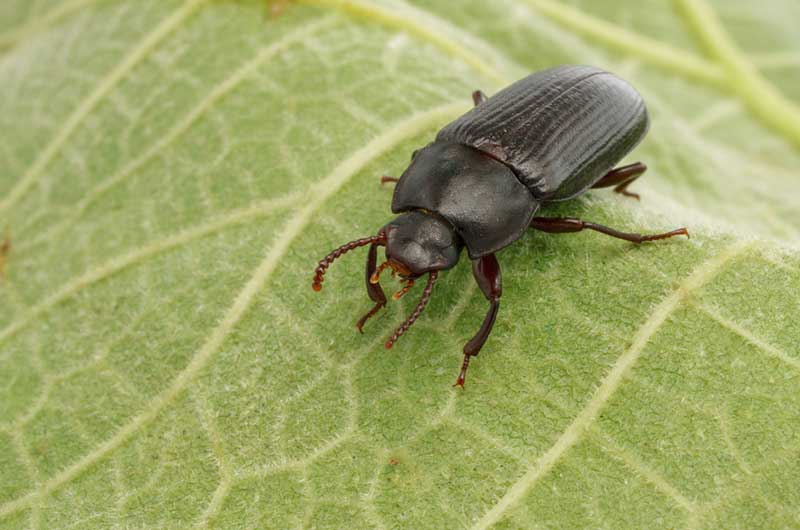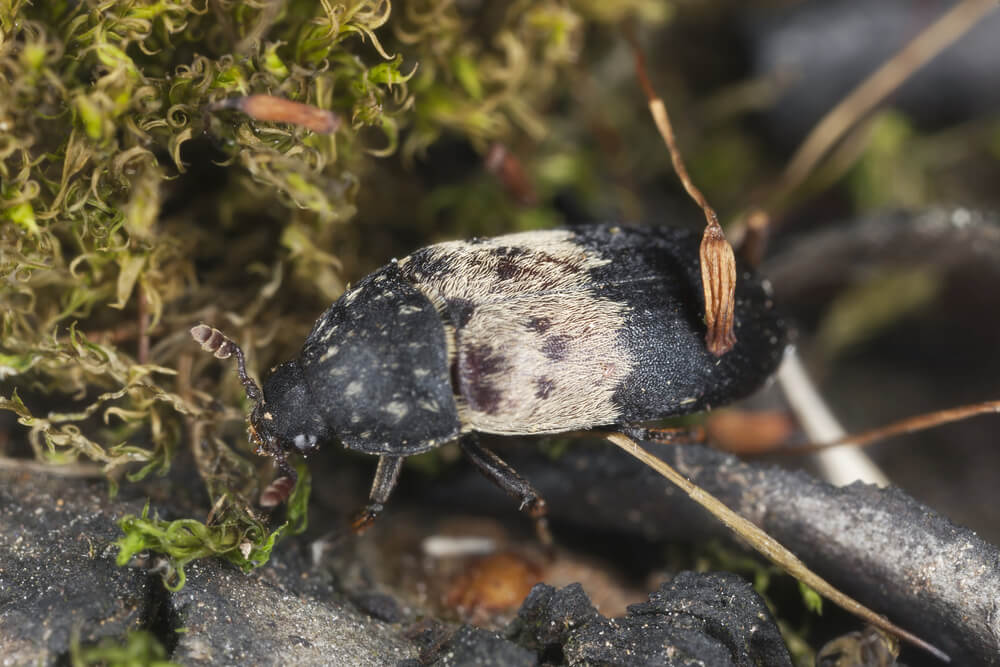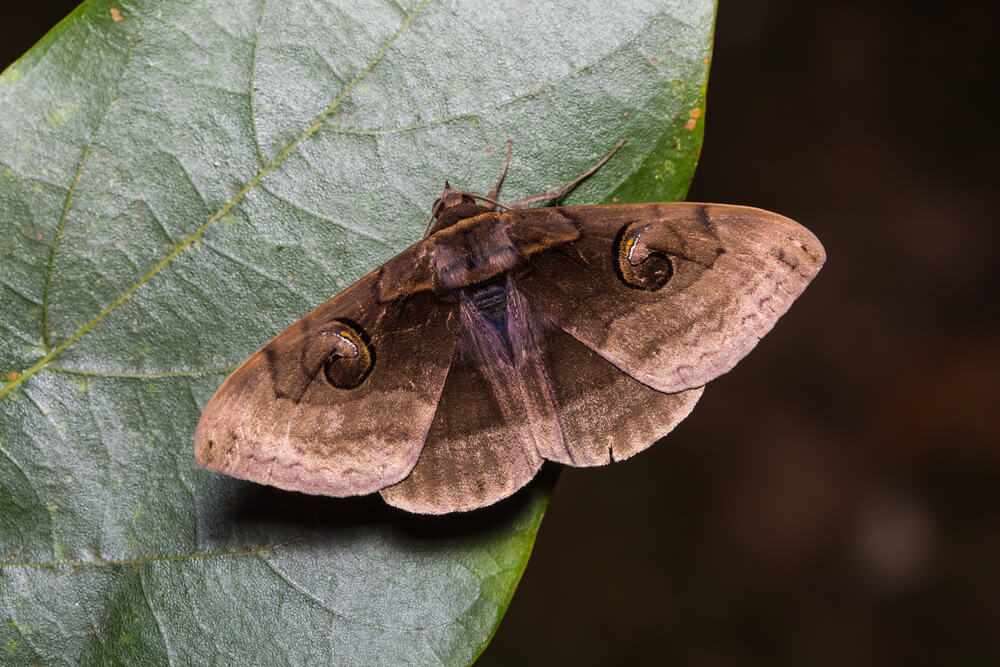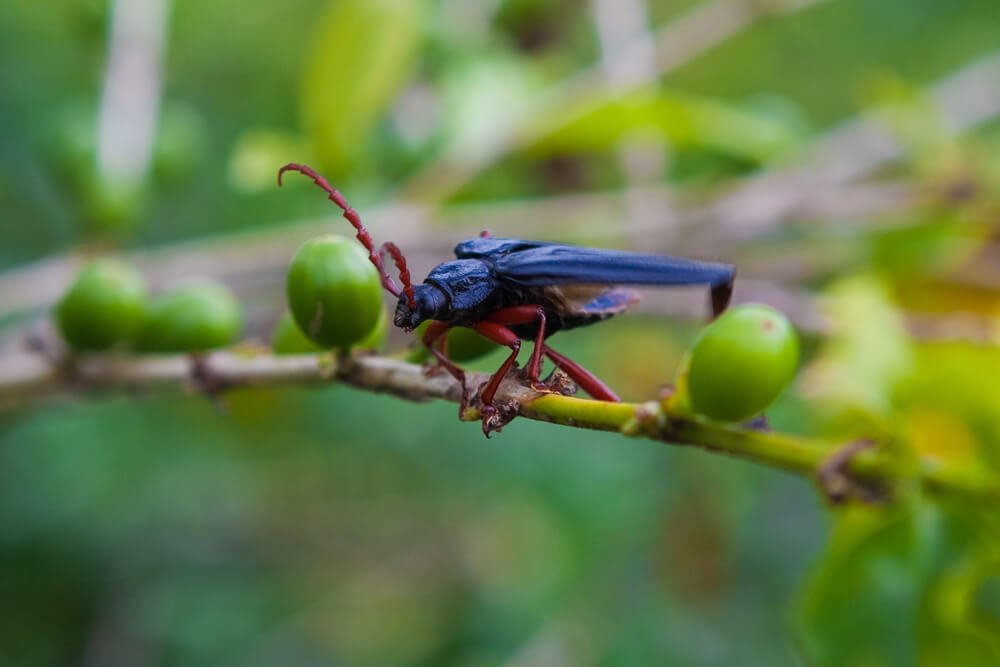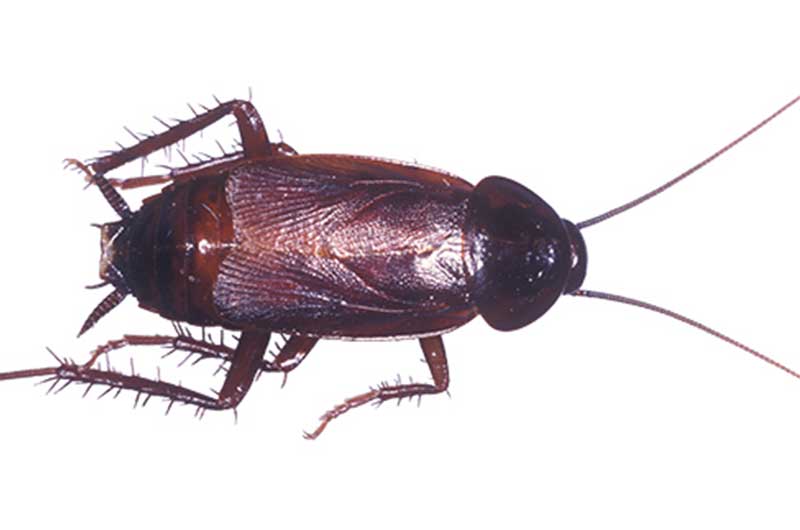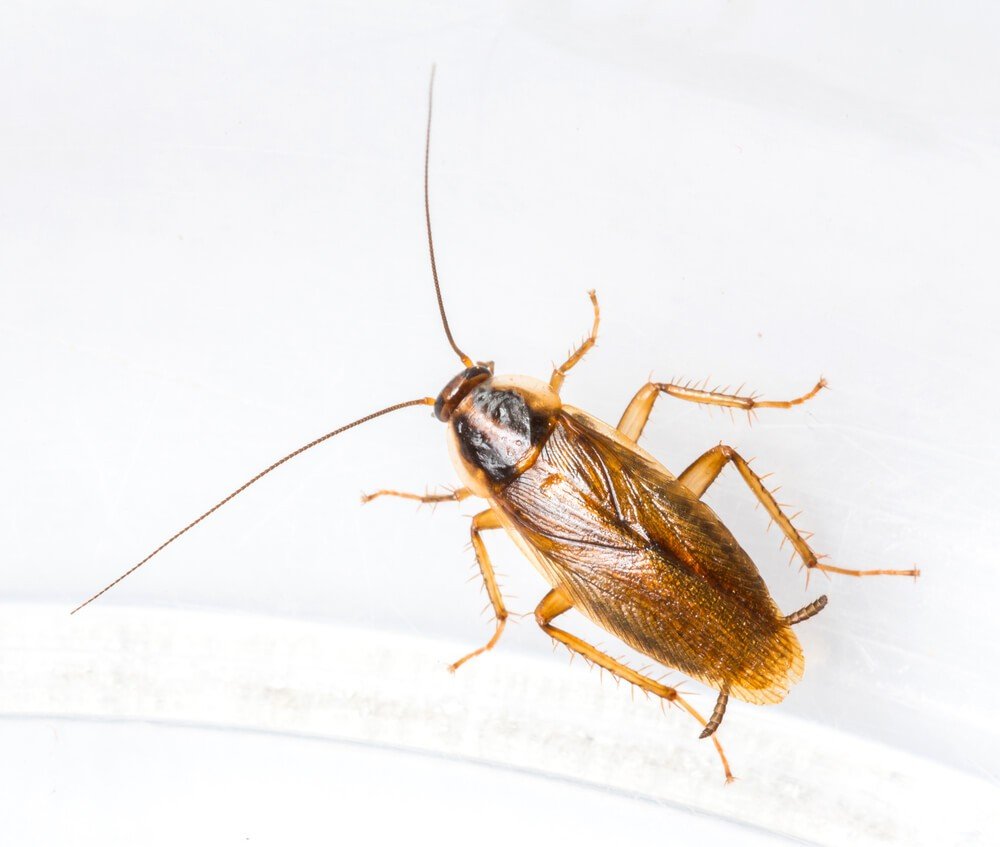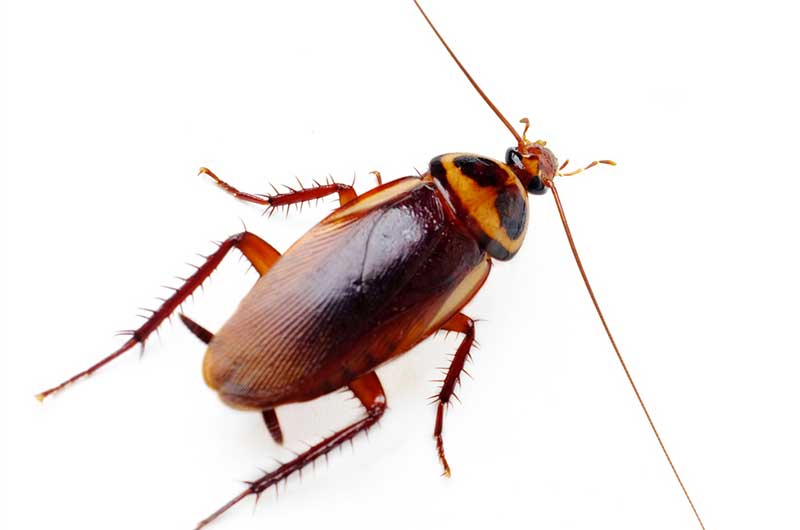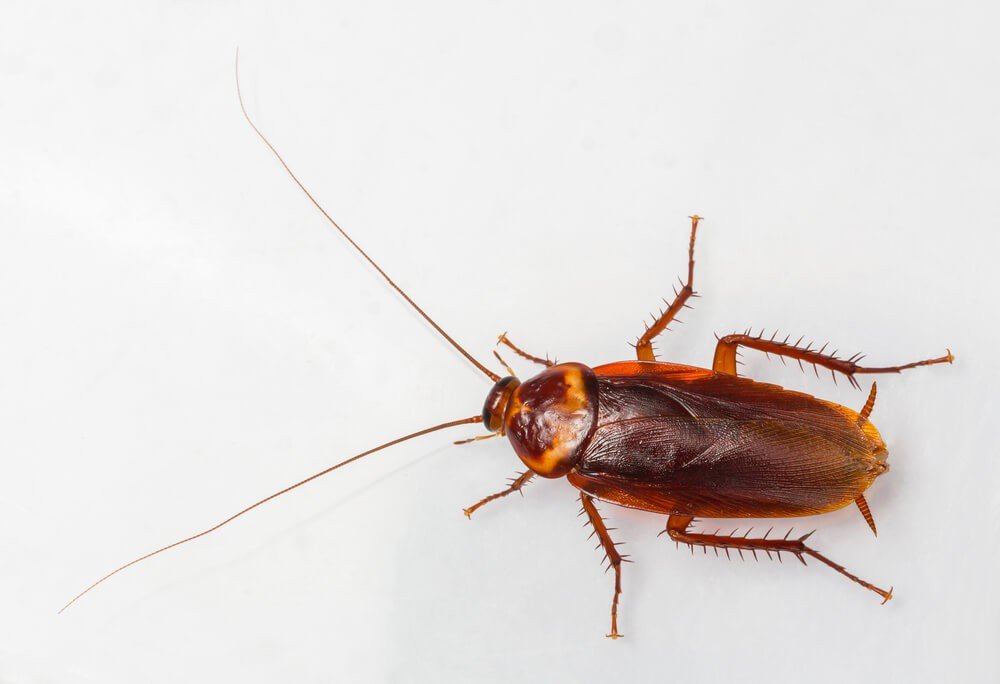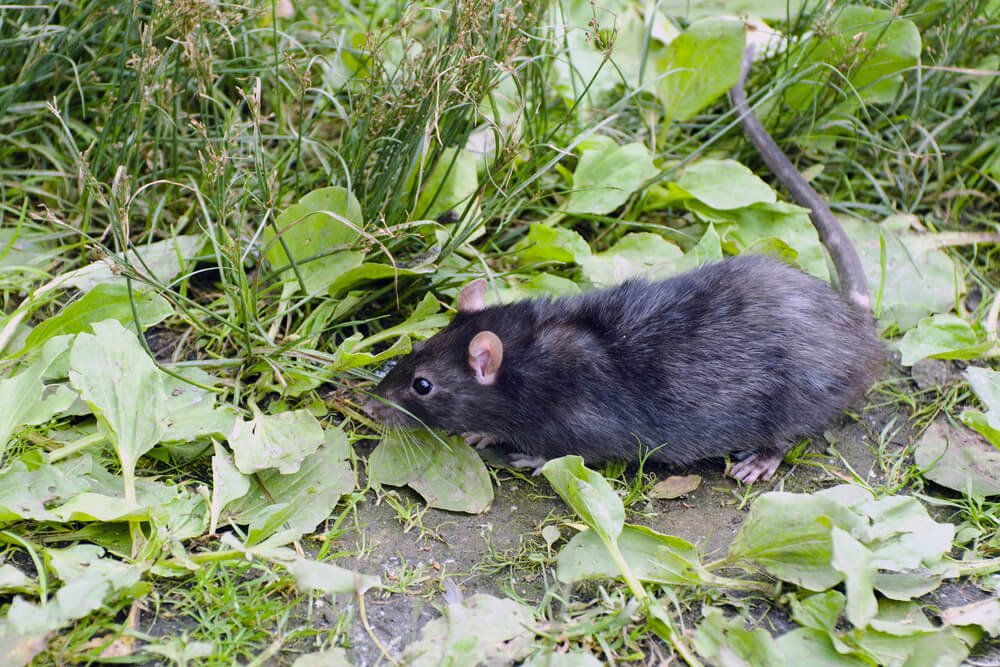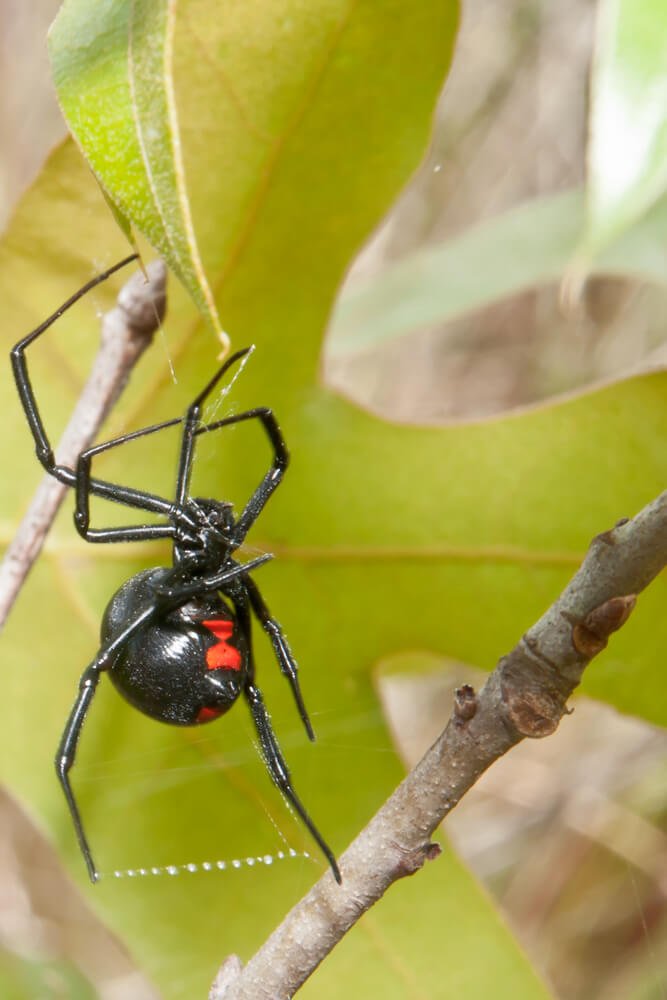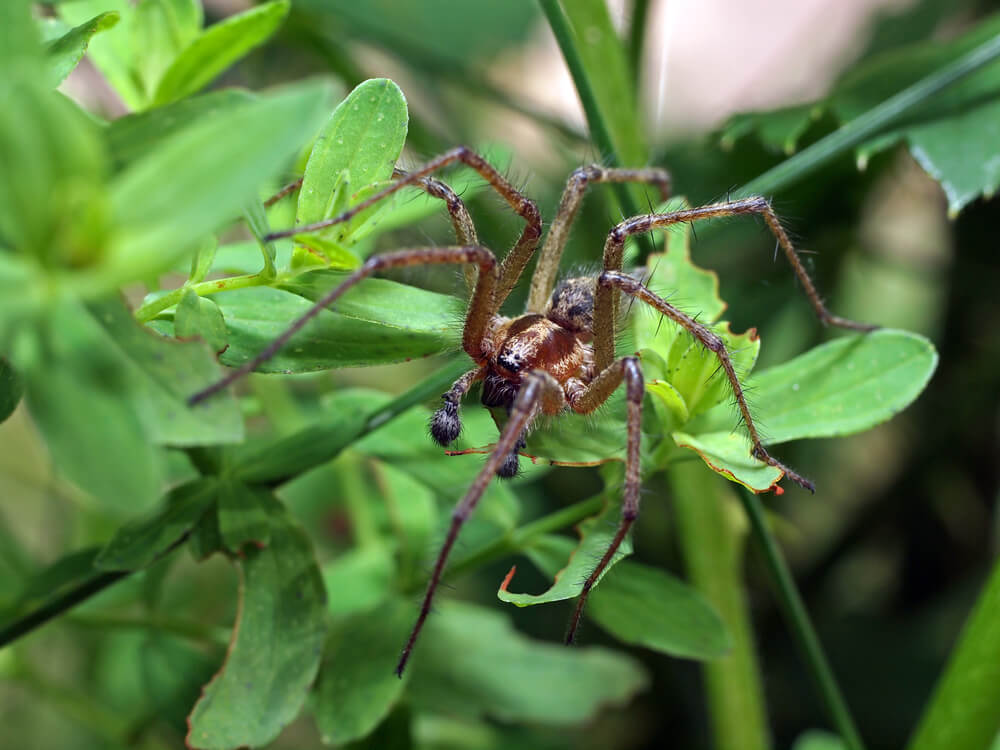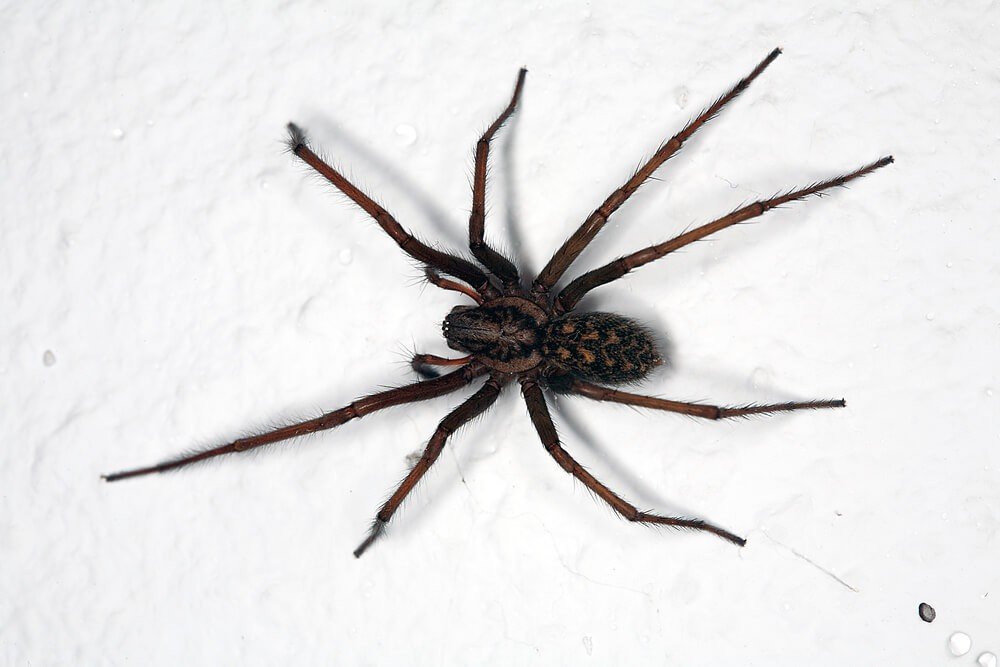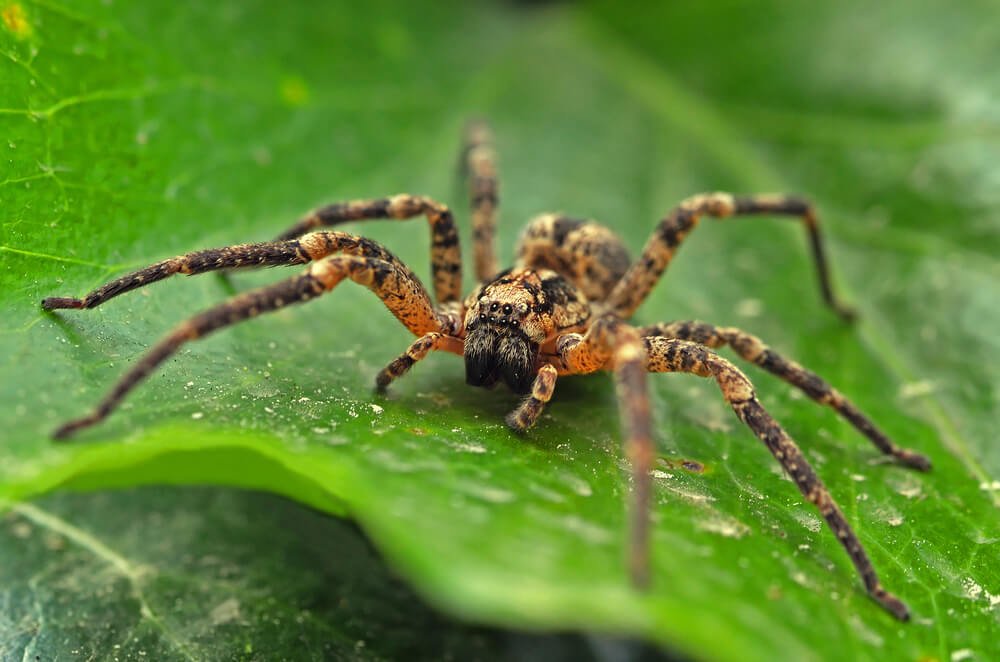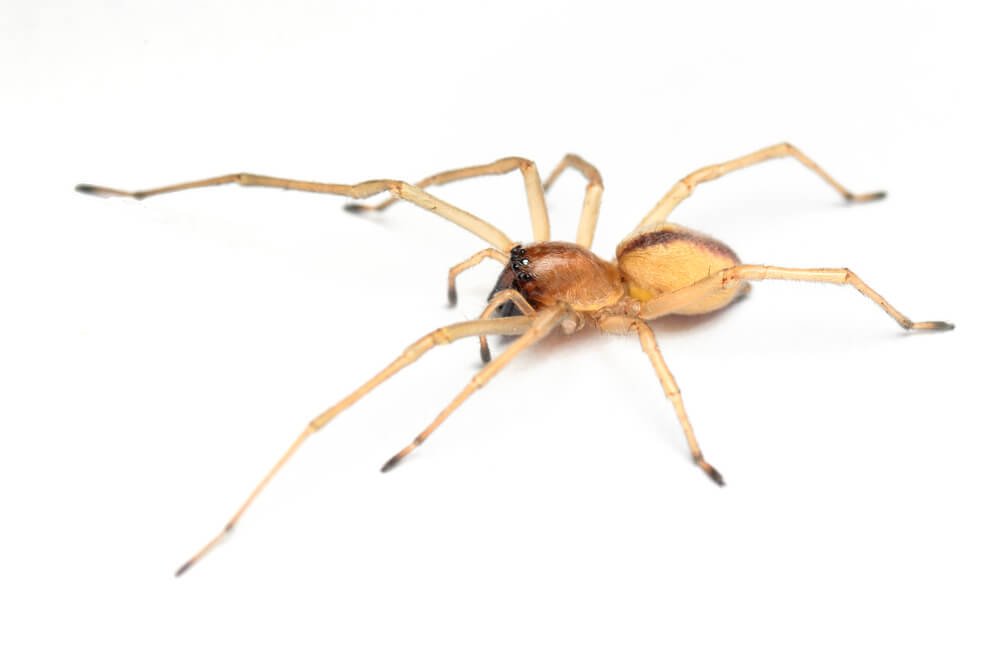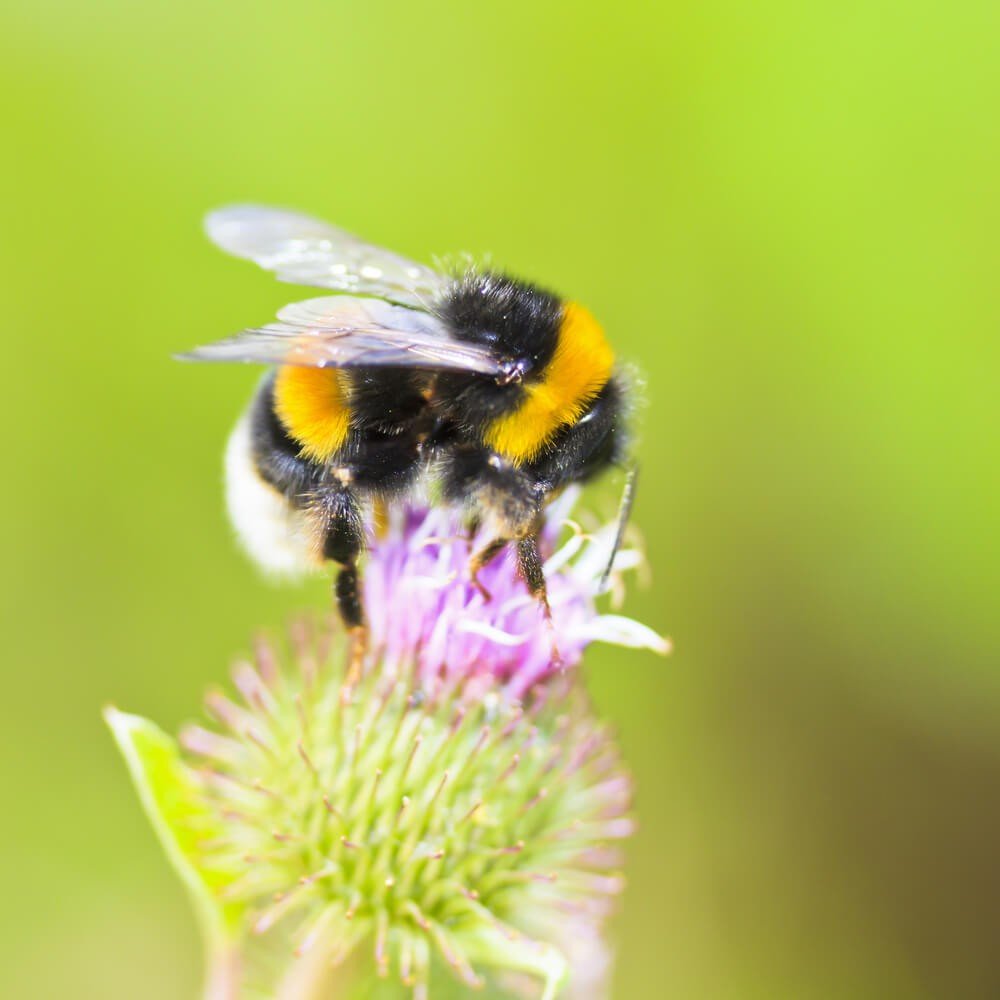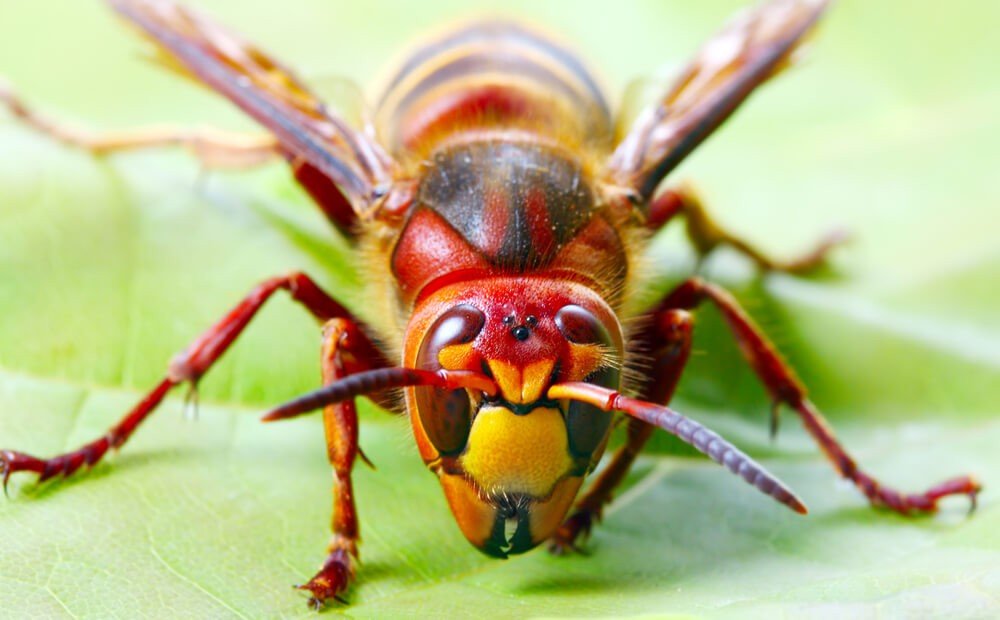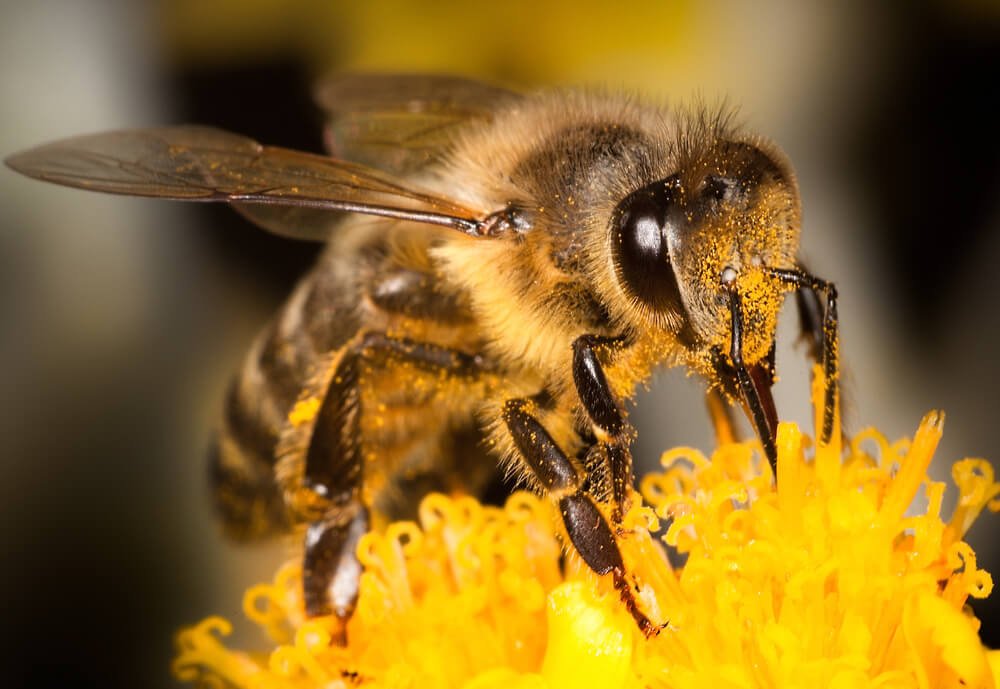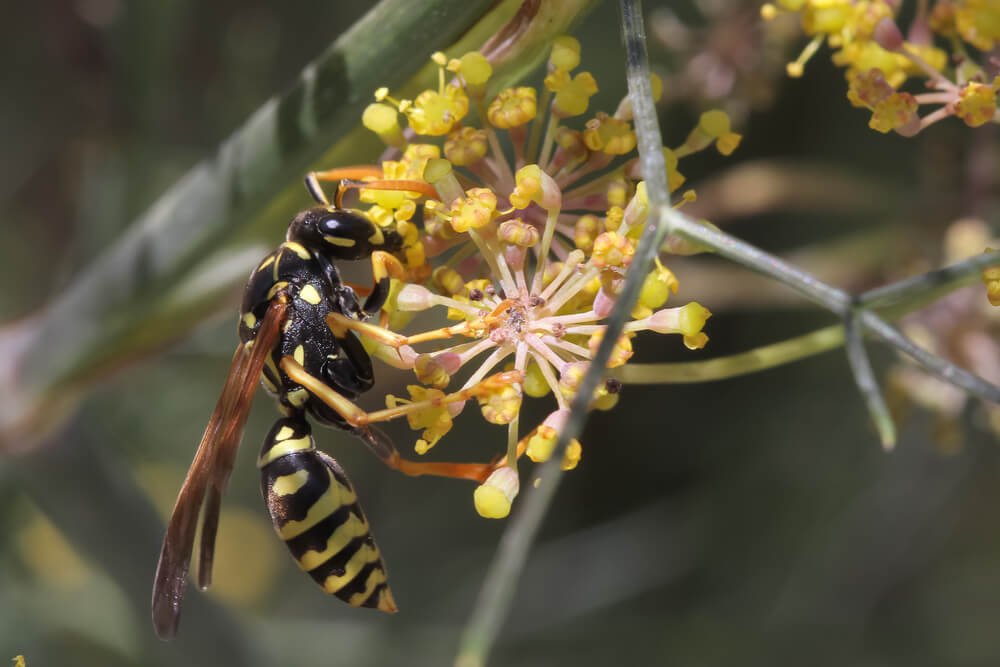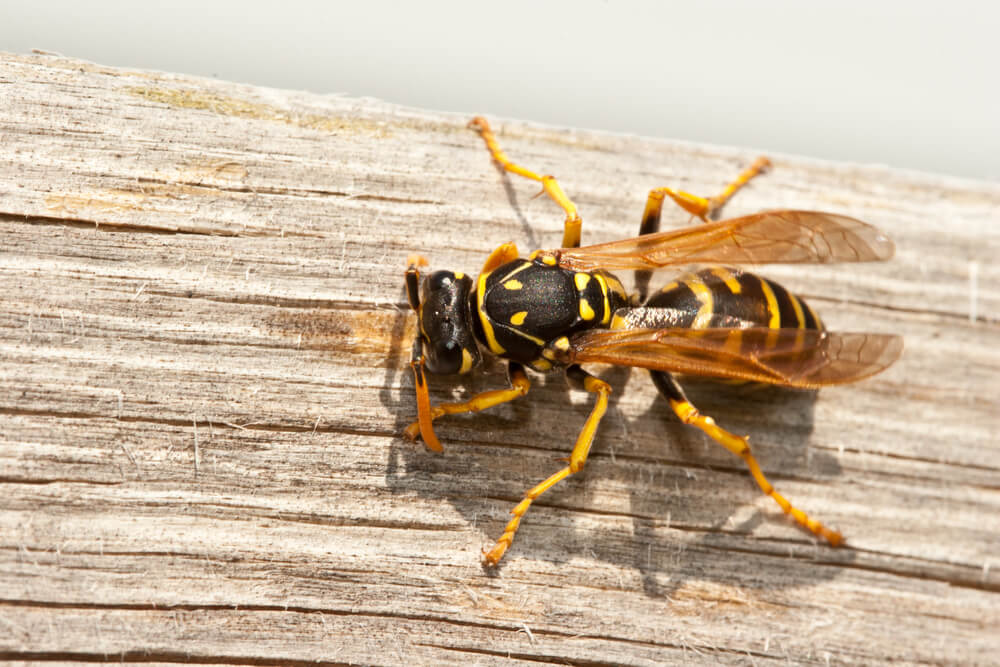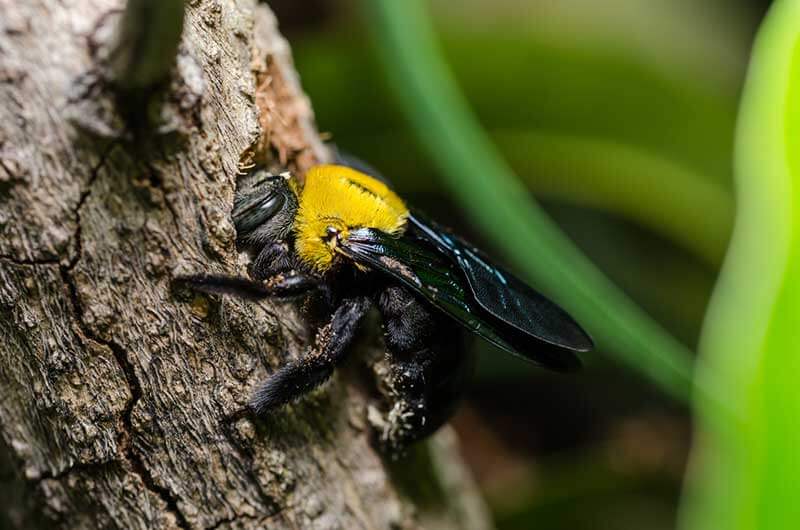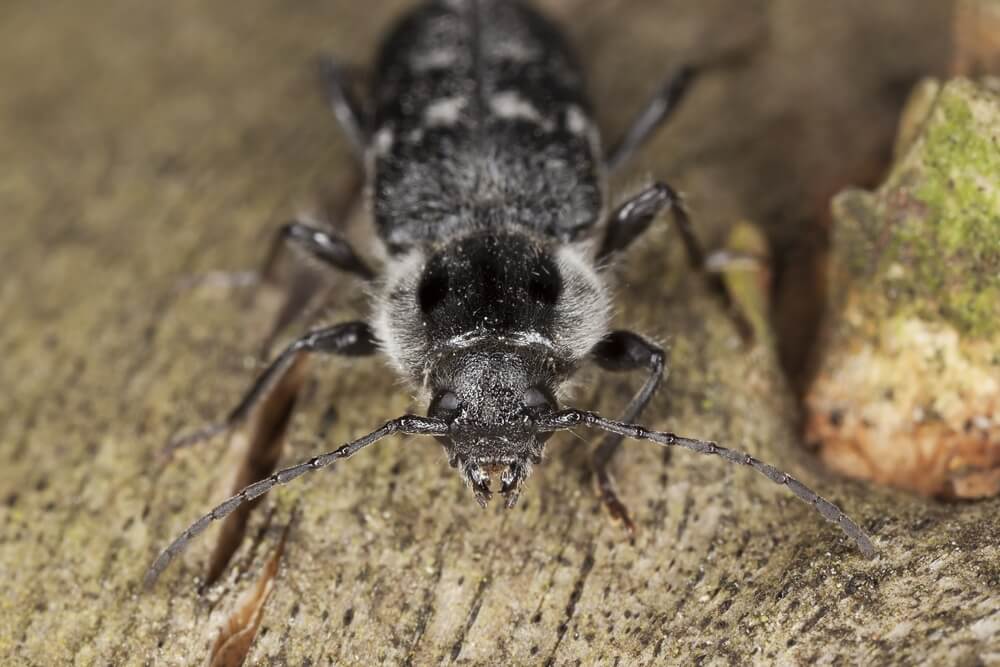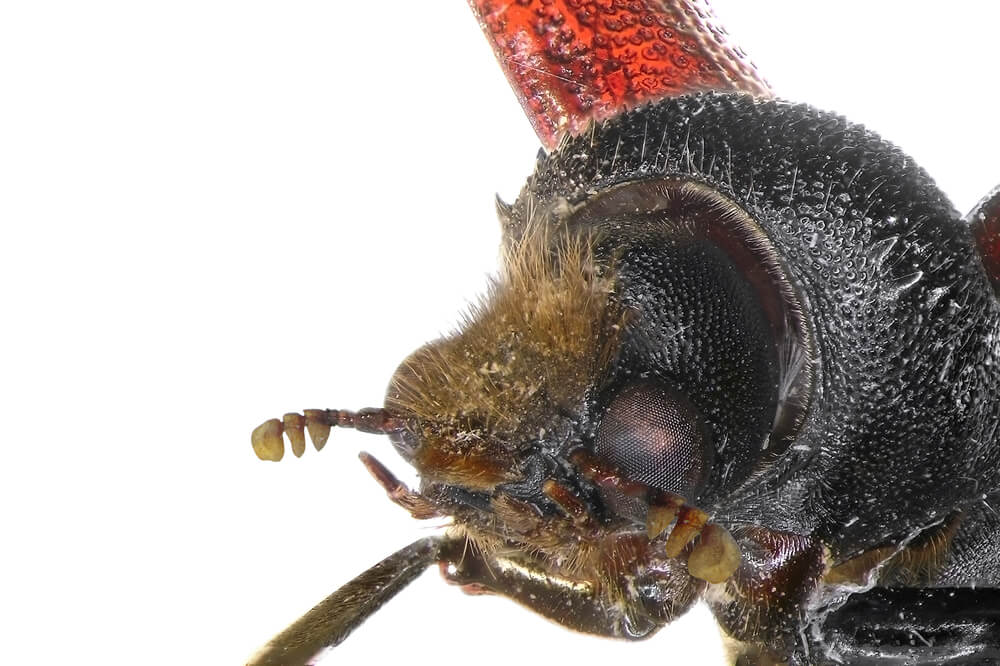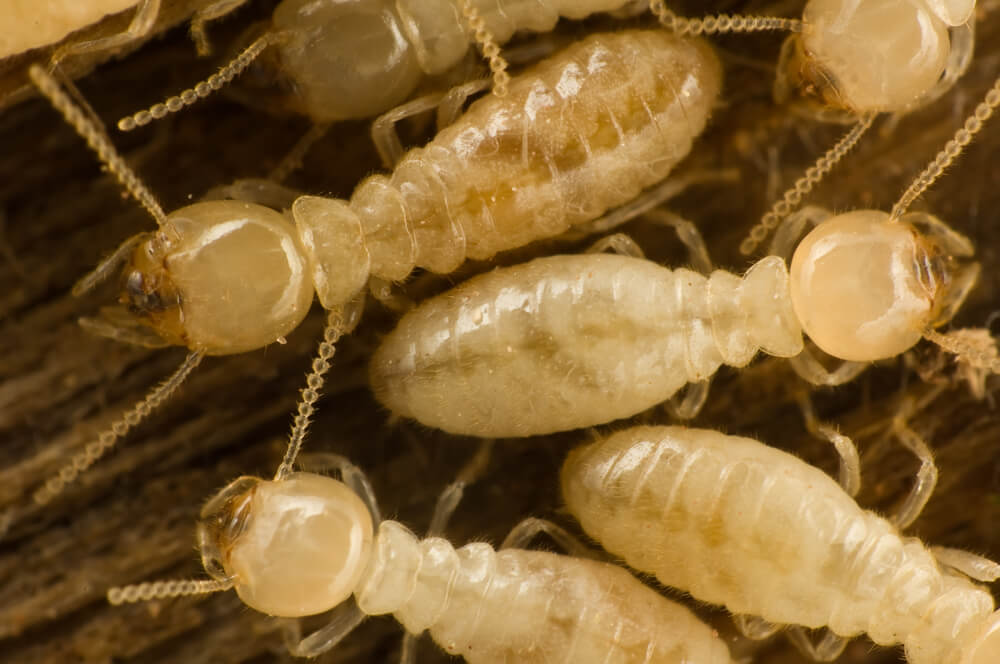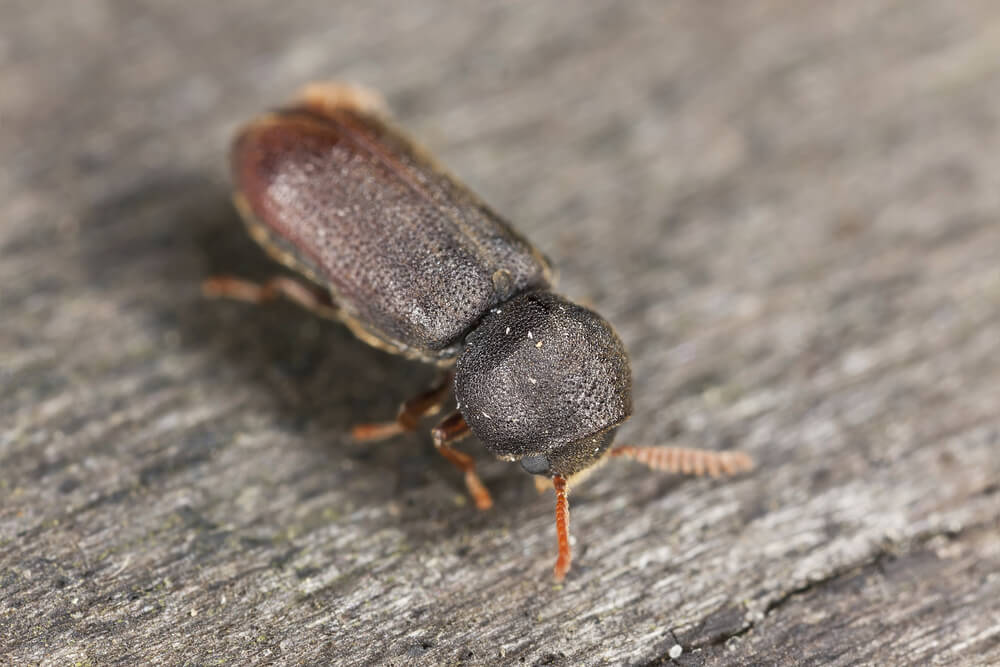Northeast Region Braces For Swarms of Periodical Cicadas
A group of periodical cicadas, classified as Brood V, is expected to blanket select areas of the country this spring after spending 17 years underground. Last seen in 1999, the National Pest Management Association (NPMA) says this specific brood will remain above ground for about a month to reproduce en masse and eventually die-off. Their offspring will burrow back in the soil and will not be seen again until 2033.
“Periodical cicadas are known to emerge from underground in 13- or 17-year cycles, typically once the temperature eight inches below the surface reaches 64 degrees,” said Dr. Jim Fredericks, chief entomologist and vice president of technical and regulatory affairs for the NPMA. “These noisy creatures will likely first be heard in late April or early May in parts of Ohio, Maryland, Pennsylvania, Virginia and West Virginia. Areas heavily dense with mature trees should expect to see the most cicadas.”
Periodical cicadas are easily identifiable by their striking black bodies, red eyes and the loud buzzing noise that males make to attract female mates. These insects do not pose a health threat to humans, but they can cause minor damage to tree and plant branches — particularly younger branches — on which females deposit their eggs.
Although long-term damage from cicadas is rare, if you’re concerned about protecting young trees from cicadas you can cover small trees or branches with netting, cheesecloth or a similar material. Knock off any bugs found on the plants by spraying them with a garden hose, or by hand if you’re not grossed out by these big bugs.
If big buzzing bugs aren’t your thing, avoid spending time outdoors during the daytime when cicadas are most active. However, PermaTreat has another take on the cicada invasion. “Go outside and enjoy this really cool event. The sound that they produce is extremely loud and it really is a wonder and a sight to see.”
Tags: cicadas, pest control, pest management






